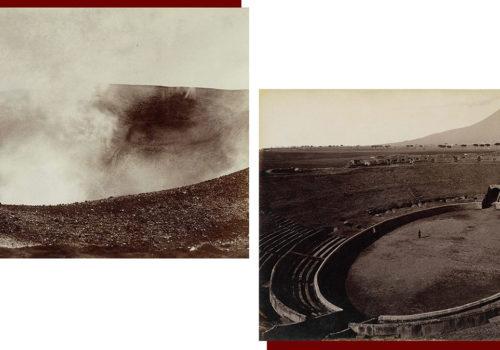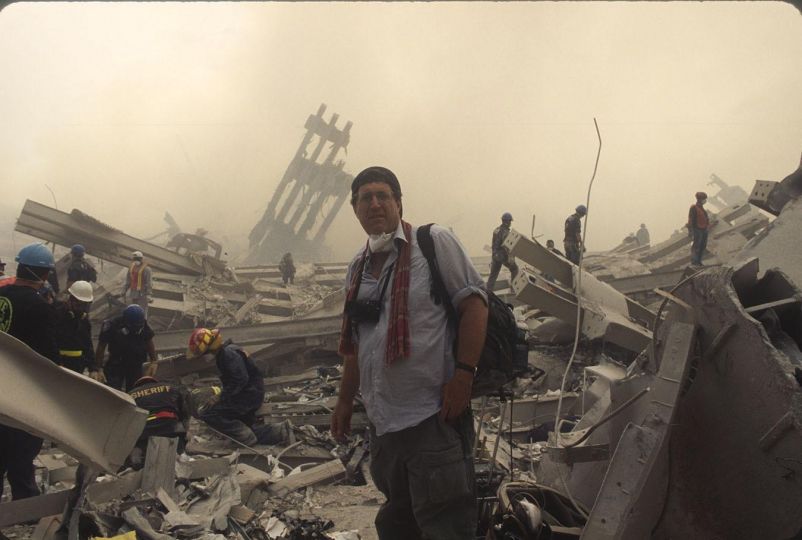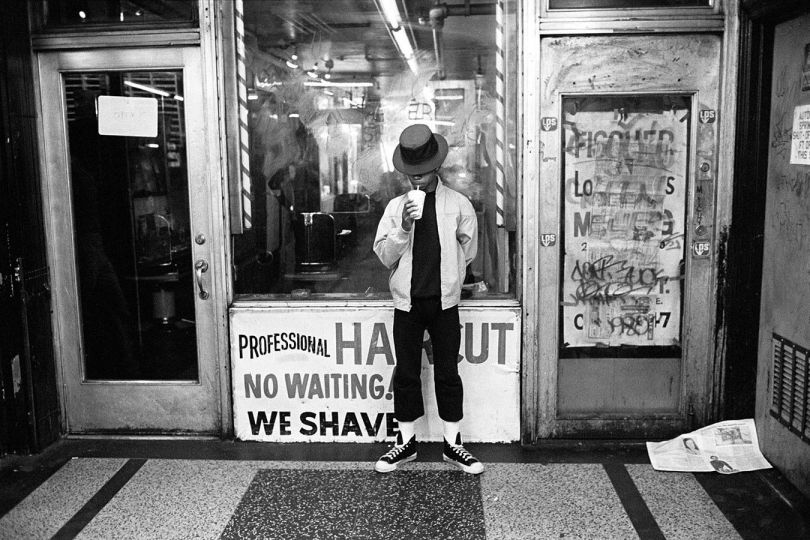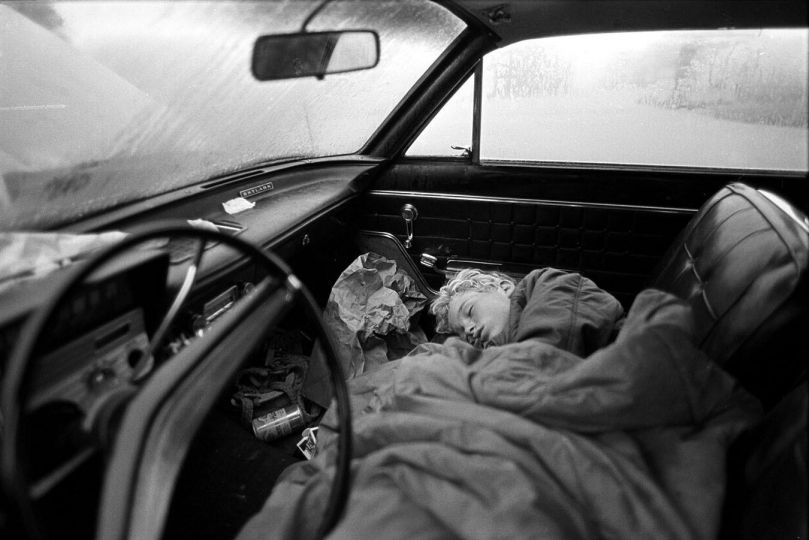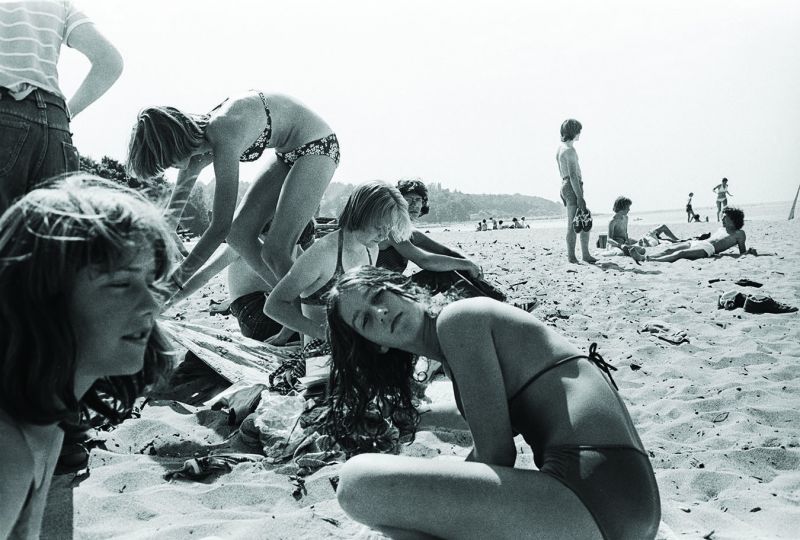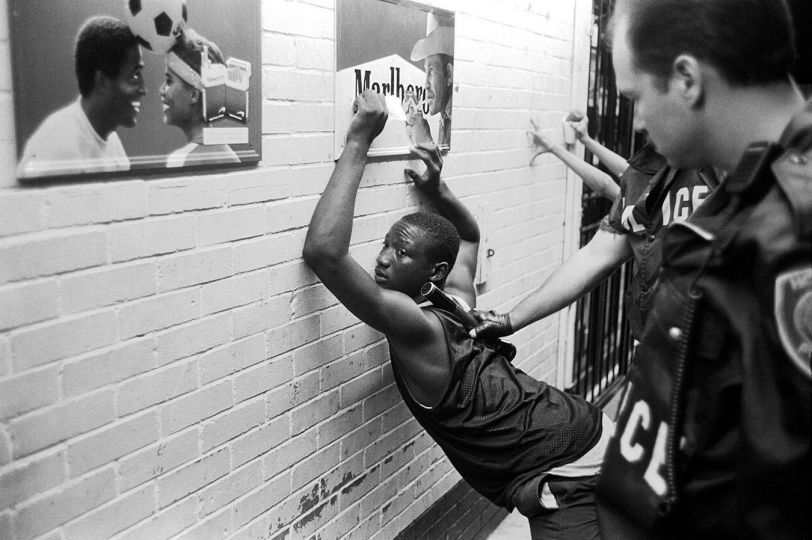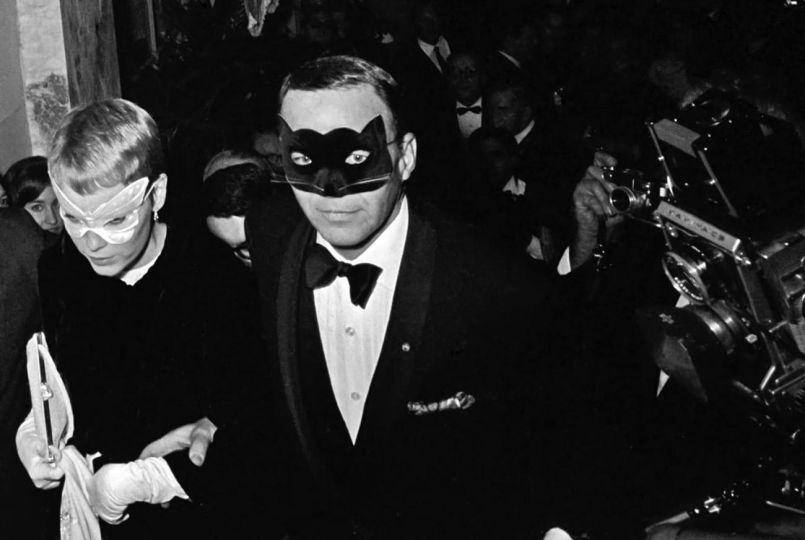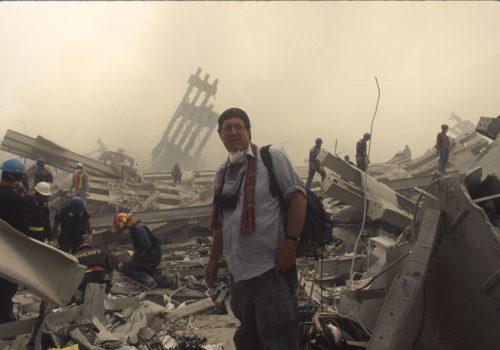This is the 38th dialogue of the Collezione Ettore Molinario. Here are two extraordinary interpreters of Italian photography, Giorgio Sommer and Fratelli Alinari. And here is a book that guided me into the bowels of the Earth and made me discover the beauty of the most extreme Grand Tour.
Ettore Molinario
My first dive was into the pages of Journey to the Center of the Earth. Initiatory reading at the canonical age and then a constant return, as if one after the other those layers of paper took me not only into the bowels of our planet, but inside me, into the deep cavities where the free and darkest voice echoes most authentic. This year marks the 150th anniversary of the first Italian translation of Jules Verne’s novel, ten years after the release of the original edition in 1864. For me this anniversary is a great celebration because I have become a marine speleologist and collector of photography, synonymous concepts for me, thanks to this book I read as a boy. Precisely a boy, because I felt like Axel’s companion, the protagonist and nephew of Professor Lidenbrock, and together with Axel I imagined translating the parchment in runic and by deciphering it I understood that the entrance door to the most incredible of journeys was the crater of a volcano. But above all, together with Axel I also took “abyss lessons” on the bell tower of the Frelser Kirk in Copenhagen and trained in what I would joyfully do years later: look deeply, challenge the abyss without fear, feel that the darkness of a sea cave, almost one hundred meters from the earth’s surface, is a house, another house, as intimate as it is frightening, yet welcoming. A perfect home. And this is where my collection took shape.
In Jules Verne’s masterpiece the journey begins in the extinct crater of the Snæffels volcano, in Iceland. The two heroes, joined by Hans, the Icelandic guide, follow the directions of the mysterious map and following a shadow that points towards the bottom of the volcano at midday, they locate the entrance, the chasm that begins the journey into the Earth. Over the years I have underlined these lines several times and I cannot help but report them in their beauty. Axel writes: «I bent over a sheer rock edge and looked down. My hair stood on end. The feeling of emptiness took over me. I felt my centre of gravity shift and dizziness rise to my brain like an intoxication. Nothing more terrible than this attraction of the abyss. I was about to let myself fall. One hand held me back: Hans’.» Exhilaration, attraction, abyss, these are magic words for me.
Tracing the story of the birth of my collection, I have repeatedly recalled that my first abyss, the first shift in emotional gravity, was Man with dog by Joel Peter Witkin. But the first “place” that had the prophetic gift of uniting my dreams, my obsessions and the concreteness of reality was the crater of Vesuvius, portrayed by Fratelli Alinari. Sinking into this image, in an instant I retraced all my ages, the adolescence of the paper journey, the first maturity of self-discovery, the full maturity that I experience today. And even today it is enough for me to contemplate this ancient albumin to find myself: I am on the edge of the volcano, the chasm is in front of me, the dark spot on the opposite wall stares at me like the empty eye socket of a skull. I also hear the crunching of stones under my shoes. This is how I discovered the greatness of Italian photography from the nineteenth century onwards, sensing the remote time of my impulses which I believed were linked only to contemporary images. But no. Not even thinking back to the extraordinary ending of Journey to the Center of the Earth when Axel, Professor Lidenbrock and Hans navigate the magma wave of the Stromboli volcano and return to the surface. To see the light of day again, I preferred to stay close to Vesuvius and the gaze of Giorgio Sommer, another magnificent protagonist of the Grand Tour season. A moment and I found myself at the center of the Roman amphitheater of Pompei. Like the figurine that had the task of scaling the architecture, I too am alone. I walk, I walk along the oval of the arena, I count the steps on which twenty thousand spectators once sat and I see the gladiators enter, ready to challenge each other. Every time an image enters the collection, it is like this, a journey, a gamble, a fight, a show.
Ettore Molinario
DISCOVER COLLECTION DIALOGUES
https://collezionemolinario.com/en/dialogues

